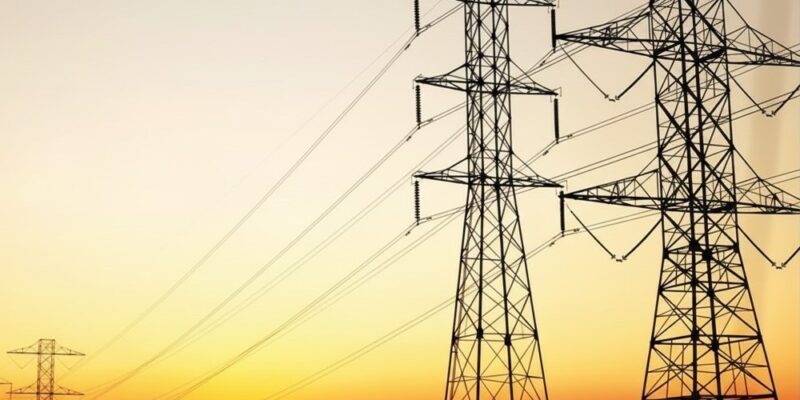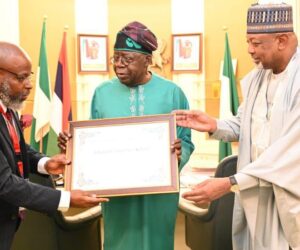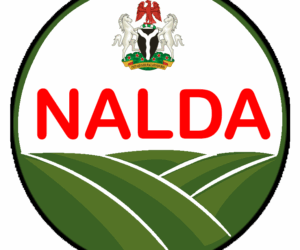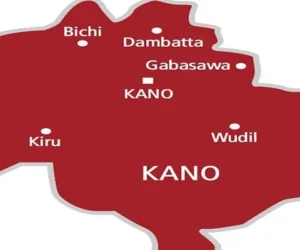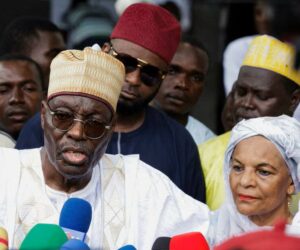The Nigerian Electricity Regulatory Commission (NERC) had revealed that Nigeria generated 5,506 megawatts (MW) of power across its grid-connected plants nationwide in October 2025. The figure shows a 60% month-on-month increase from September 2025.
According to the Fact Sheet (Operational Performance of Power Plants) released by the NERC on Tuesday, the 5,506MW represents a 40% share of the total national grid’s capacity. As revealed by the commission, the total capacity across the 18 plants is 13,625MW.
Of the 5,506MW of electricity generated, 4,290MW (5% increase) was utilised. This means that 78% of the available power was distributed in October 2025.
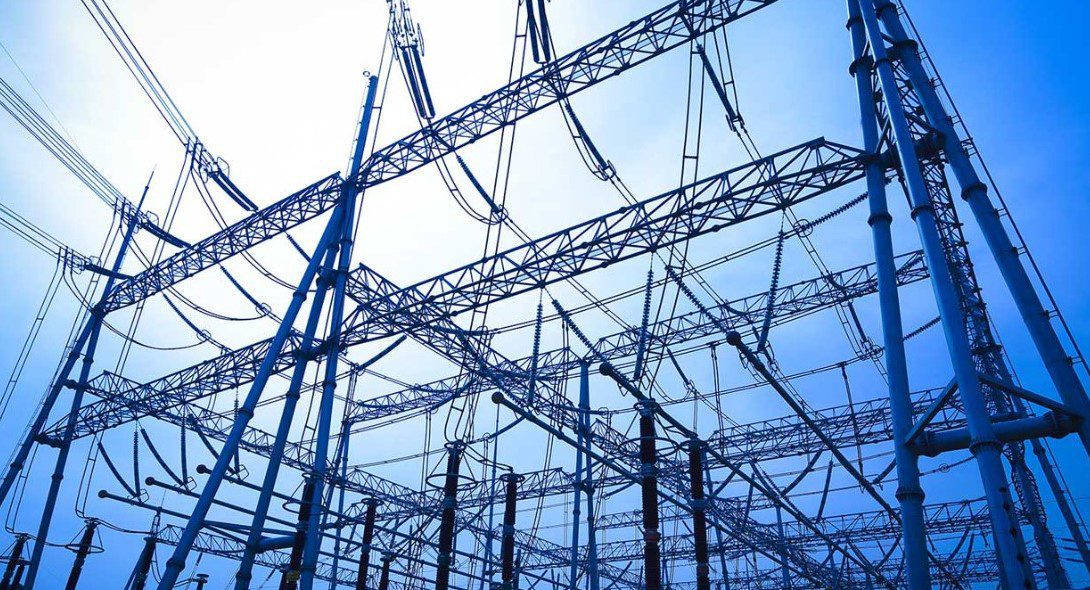
In addition, the report revealed that the average lower grid voltage (294.55kV) and average upper grid voltage (346.90kV) during the month exceeded the prescribed limits (313.50kV, 346.50kV). This means that the grid measurement flipped outside the set target, indicating instability in the electricity supply despite 12% of power being unutilised.
Furthermore, another indicator revealed that the power supply in October was unstable. Average lower frequency was too low at 49.46Hz, and average upper frequency was too high at 50.69Hz, both falling outside the normal range of 49.75Hz-50.25Hz.
Also Read: Power companies in Togo, Niger and Benin Republic owe Nigeria $8.5 million- NERC.
NERC: Breakdown of plants’ distribution
Across the 18 energy producers, 10 plants accounted for 80% (4,417MW) of the total energy generated during the month, while the other 10 accounted for the remaining 20% (1,089 MW). Top energy producers, which led the generation performance and contributed significantly to total energy output and distribution, are Egbin, Delta, Kainji, and Zungeru plants.
See the table below for a further breakdown of the top ten contributing plants:
| S/N | Plants | Energy generation/Total Capacity | Energy Distribution |
| 1. | Egbin_1 | 656/1,320MW (50%) | 591MW (90%) |
| 2. | Delta_1 | 403/900MW (45%) | 347MW (86%) |
| 3. | Kanji_1 | 572/760MW (75%) | 543MW (95%) |
| 4. | Zungeru_1 | 700/700MW (100%) | 330MW (47%) |
| 5. | Odukpani_1 | 193/625MW (31%) | 163MW (84%) |
| 6. | Shiroro_1 | 443/600MW (74%) | 300MW (68%) |
| 7. | Jebba_1 | 540/578MW (93%) | 335MW (62%) |
| 8. | Okpai_1 | 284/480MW (59%) | 246MW (87%) |
| 9. | Ihovbor_2 | 409/461MW (89%) | 365MW (89%) |
| 10. | Geregu_1 | 217/435MW (50%) | 200MW (92%) |
Other contributing plants are Olorunsogo, Adam and Sapele Stream.
In furtherance of its commitment to improve electricity distribution and usage for Nigerians, the NERC recently approved the disbursement of N28 billion to DisCos for the procurement and installation of meters nationwide. The project is designed to accelerate the rollout of free prepaid meters to Nigerians.


Under the Meter Acquisition Fund (MAF) tranche B scheme, NERC noted that the distribution of funds is in respect of DisCos’ contribution as of July 2025. The N28 billion will be used for the procurement and installation of meters for unmetered Band ‘A’ and ‘B’ customers within their operation areas.
The new initiative builds on the Presidential Metering Initiative (PMI), launched earlier this year by the federal government to deliver 10 million meters nationwide by 2030.
The initiative aims to deploy over 10 million smart and prepaid meters by 2027, starting with an initial rollout of 7 million units to achieve 60% metering coverage and reduce losses.

